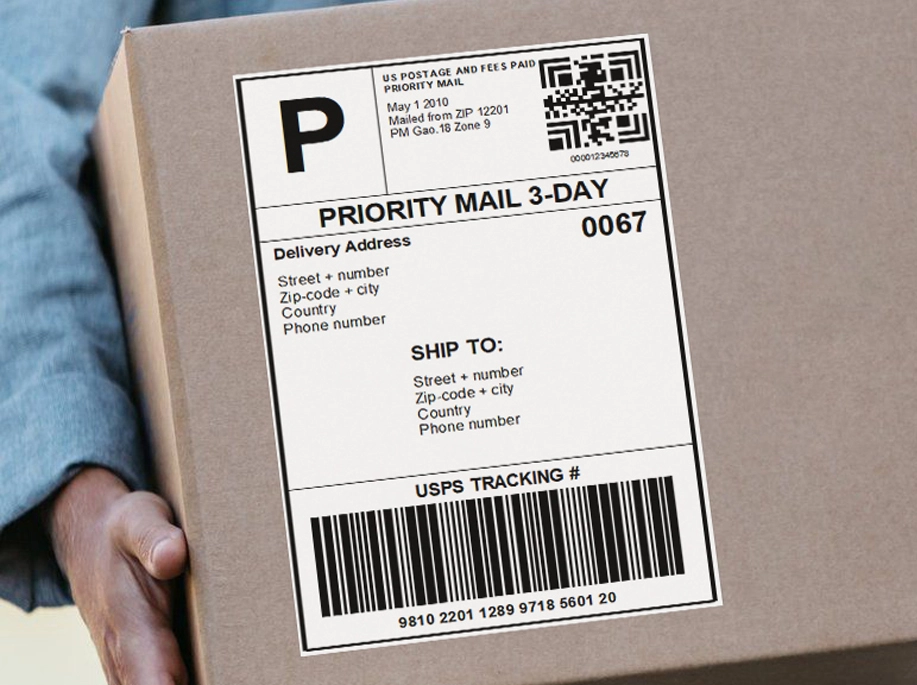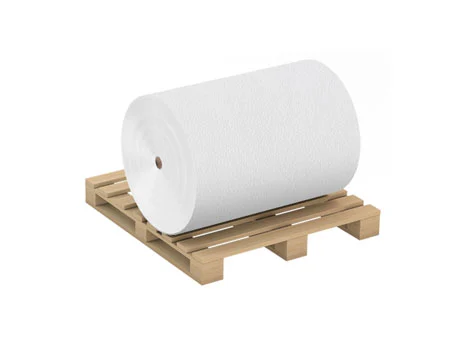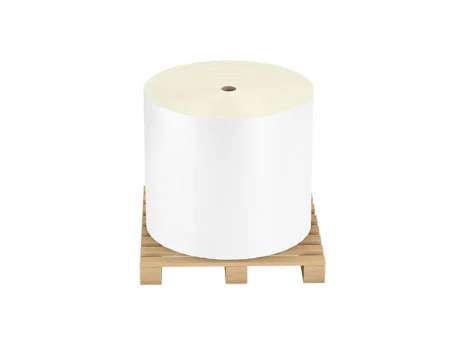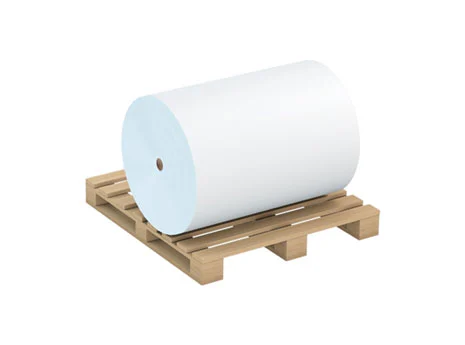
Glass bottle packaging is mainly used for products such as beer, liquor, fruit wine, carbonated beverages, and high-end water. Glass bottles offer high transparency, stable chemical properties, excellent barrier properties, high pressure resistance, strong corrosion (acid) resistance, ease of cleaning, and environmental friendliness. These advantages have made glass bottles a long-standing packaging choice.
Labels used on glass bottles generally include wet gluing paper labels, self-adhesive labels, and shrink film labels. Paper labels utilize wet glue labeling, which can accommodate recycling processes for label removal and bottle washing, thus enabling recycling and reuse. This method is already extensively adopted in the beer industry, where high-efficiency automated label removal and bottle washing can be performed using bottle washers. However, traditional paper labels have drawbacks, including poor water resistance, labels tearing during application, and an uneven finish, which detract from the product's shelf presentation and overall quality. Compared to traditional labels, self-adhesive labels offer several advantages, such as eliminating the need for gluing, pasting, or soaking, being pollution-free, saving labeling time, having a wide application range, and providing convenience and speed.
With superior water resistance and physical properties over paper labels, self adhesive labels are durable, extending shelf display time and soaking duration in ice water. Through various printing techniques like screen printing, hot stamping, and laser holography, water wash off self-adhesive labels can achieve diverse visual effects. However, current self-adhesive labels used on glass beverage bottles cannot be efficiently and widely removed in automated bottle washers, necessitating manual soaking, peeling, and scrubbing with a large amount of solvents like adhesive removers, leading to low efficiency, high costs, and the inability to achieve large-scale recycling and reuse. Hence, the recycling rate of glass bottles for beverages is low, often resulting in bottles being crushed and repurposed as raw material for new glass production. Water wash off self-adhesive labels can facilitate large-scale efficient label removal and bottle washing, improving the recycling rate of glass bottles.
It is well known that the production of glass bottles consumes a large amount of resources and energy, making it a high-energy-consuming industry. It is estimated that producing a 330 ml glass bottle requires 70 grams of soda ash, 130 grams of coal, and 0.5 kWh of electricity. Considering an annual output of 10 million bottles, this results in the consumption of 700 tons of soda ash, 1,300 tons of coal, and 5 million kWh of electricity each year.
Water Wash off Self-Adhesive Labels, especially transparent ones, have been extensively used in China's beer industry. Since 2007, the Water Wash off Self-Adhesive Labels have been implemented in the packaging of numerous beer products. In 2023, approximately 1.5 billion sets of Water Wash off Self-Adhesive Labels were used throughout the beer industry, saving significant costs associated with purchasing new bottles and reducing substantial energy consumption, environmental pollution, and carbon emissions. Each Water Wash off Self-Adhesive Label costs approximately 30% more than traditional self-adhesive labels, being about 0.03 yuan higher per set.
However, each new bottle costs at least 0.7 yuan to purchase. By using washable self-adhesive labels, each glass bottle can be reused more than 4 times on average. This results in a reduction of approximately 0.4 yuan in packaging costs per bottle compared to traditional labels. Therefore, a small Water Wash off Self-Adhesive Label can significantly save resources and costs.




 English
English  中文
中文  한국어
한국어  français
français  Deutsch
Deutsch  Español
Español  italiano
italiano  русский
русский  português
português  العربية
العربية  Polska
Polska  Indonesia
Indonesia 


